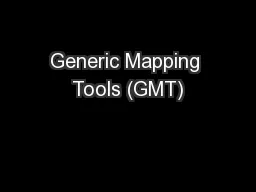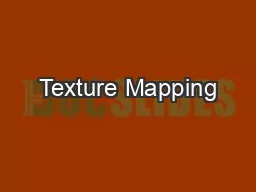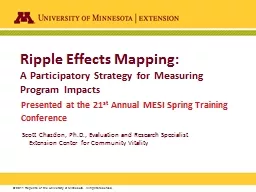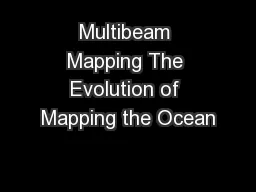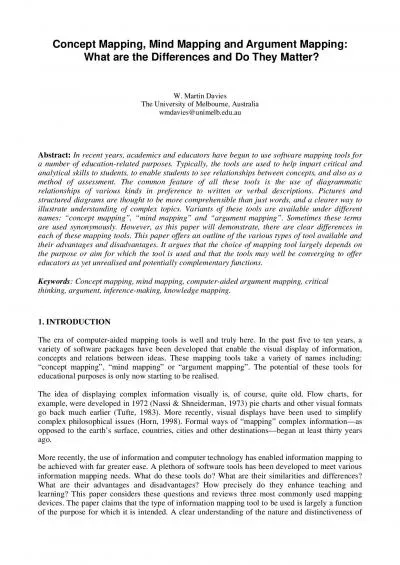PPT-Generic Mapping Tools (GMT)
Author : alexa-scheidler | Published Date : 2016-10-25
Maps binbash psbasemap R0100010 JX5i3i Ba20g10a2f1g2WSne X2 Y14 K P gt plotps sample1d I1 ltlt END nawk print 1 sqrt1 gt inputdat 0
Presentation Embed Code
Download Presentation
Download Presentation The PPT/PDF document "Generic Mapping Tools (GMT)" is the property of its rightful owner. Permission is granted to download and print the materials on this website for personal, non-commercial use only, and to display it on your personal computer provided you do not modify the materials and that you retain all copyright notices contained in the materials. By downloading content from our website, you accept the terms of this agreement.
Generic Mapping Tools (GMT): Transcript
Download Rules Of Document
"Generic Mapping Tools (GMT)"The content belongs to its owner. You may download and print it for personal use, without modification, and keep all copyright notices. By downloading, you agree to these terms.
Related Documents

